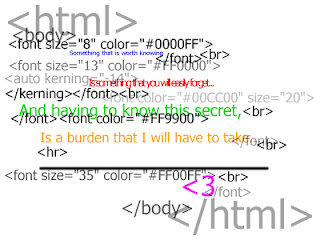It’s been 5 years since the announcement of HTML5 and however the HTML5 vs. Flash dialogue continues to rage on among developers. all over you look, from newspapers to magazines to the net, you’re swamped with articles concerning these technologies, usually giving conflicting recommendation concerning that is that the higher resolution. So, with all the noise on this subject circling within the technology layer, however does one create a choice on that one is best for you?
Background :
Released in 1996, Flash is a multimedia system platform originally developed by Macromedia and later noninheritable by Adobe. By 2000, it had become the actual commonplace for video playback, animated banners, and interactive multimedia websites. Flash basically became the quality tool in an exceedingly non-standard net of multi-platform browsers.
HTML was developed by the world Wide net consortium (W3C), a bunch whose main purpose is “to guide the world Wide net to its full potential by making protocols and pointers that make sure the growth of the net in [the] future”. The last hypertext markup language specifications targeted on future developments were XHTML two.0 and HTML four.01, however neither had been updated since 2000. With developers longing for one terminology that enclosed elaborate process models to encourage additional practical implementations, HTML5 was born.
Background :
Released in 1996, Flash is a multimedia system platform originally developed by Macromedia and later noninheritable by Adobe. By 2000, it had become the actual commonplace for video playback, animated banners, and interactive multimedia websites. Flash basically became the quality tool in an exceedingly non-standard net of multi-platform browsers.
HTML was developed by the world Wide net consortium (W3C), a bunch whose main purpose is “to guide the world Wide net to its full potential by making protocols and pointers that make sure the growth of the net in [the] future”. The last hypertext markup language specifications targeted on future developments were XHTML two.0 and HTML four.01, however neither had been updated since 2000. With developers longing for one terminology that enclosed elaborate process models to encourage additional practical implementations, HTML5 was born.




